Profile: Anna Rieger
New York, USA. 2017
Michael Klein,
Anna Rieger is a German graphic designer primarily working in the fields of editorial design and exhibition graphics. After going to school in Germany she moved to Sweden, where she worked as an intern at Stockholm Design Lab and then at Henrik Nygren Design. She's been living in New York for six years now, working for her own clients as well as the studio Project Projects and the Metropolitan Museum of Art. In this interview we discuss the present and future of editorial design, Anna's own philosophy, influences and more.
What's your definition of design and what do you think it means to be a designer?
I think for me design is the act of structuring content in a logical, interesting and aesthetically pleasing way. You also have to act as an editor, limiting the information to what is really important.
You design a lot of books. Did your involvement in editorial design start by chance, or was it a deliberate choice?
I started off doing everything but then it gradually developed into doing mostly books. I was very lucky to work at many great studios with great designers who were working mostly in the cultural sector, where a lot of book projects came in.
What do you think is the future of the book?
I think that with the digital world consuming more and more instances of our lives we long even more to own something to hold and touch, like a beautiful printed book that represents quality and longevity. We might not produce as much as we used to but I don’t think we will stop making books anytime soon. As much as we are fast-paced people we also like to surround ourselves with beautiful material objects.
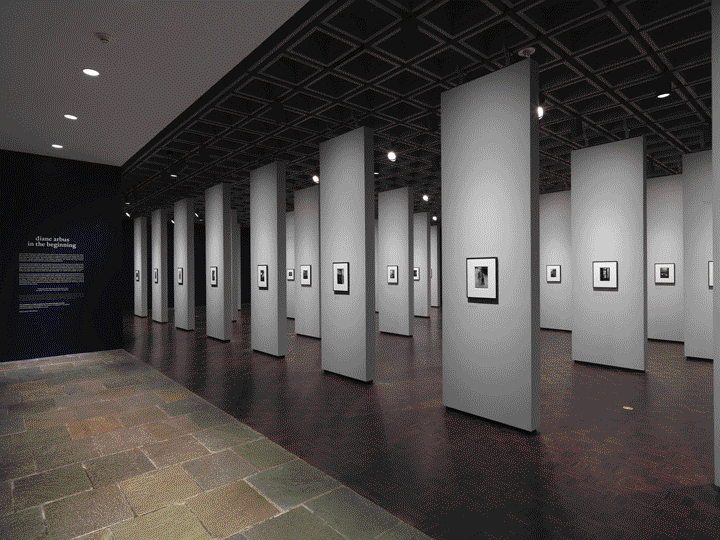
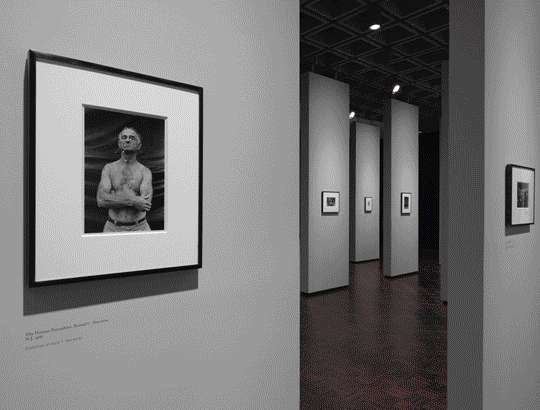
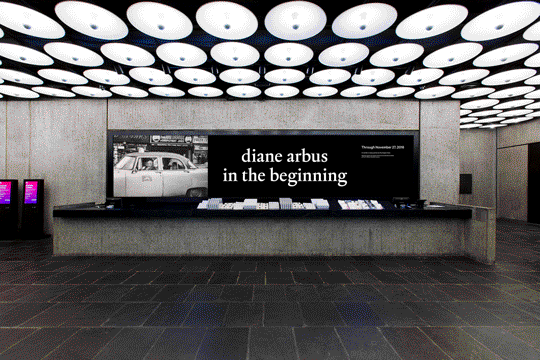
Do you have a philosophy of design and if so, can you articulate it?
I think for me the purpose is a cornerstone: every object needs or creates a purpose through the design. I think that my design aesthetic is somewhat minimalistic and often symmetrical. Making a connection with the contents and the person you are working for is also very important to me.
What are your biggest influences, both in life and design?
I think my time in Sweden had the biggest impact on me as a designer. I totally fell in love with the clean modern Swedish aesthetic and its dance with tradition and subtle playfulness. I did my first internship there (at Stockholm Design Lab) which was wonderful and multifaceted and then shortly thereafter I started working for Henrik Nygren, who truly shaped me to be the designer I am today. The way he looked at design and his integrity and absolute devotion to a project is something that I still hold very dear. He is an incredible designer.
Some designers choose to design either exclusively for the screen or for print. What do you think of this level of specialization?
I think it’s wonderful, however I think as a designer you don’t need to limit yourself to one medium. For me I would even prefer to be not limited at all. I think ideally you approach a project by listening to the client and finding out what their needs are and based on that decide what the best solution/medium is.
As a graphic designer, would you be interested in designing objects or even architecture? Do you think there is a connection?
We are very visual people and we spend a lot of time thinking about functionality, form and materiality and I think that is why we are drawn to and appreciate well-designed objects. It would be wonderful to be able to create my own furniture and objects.
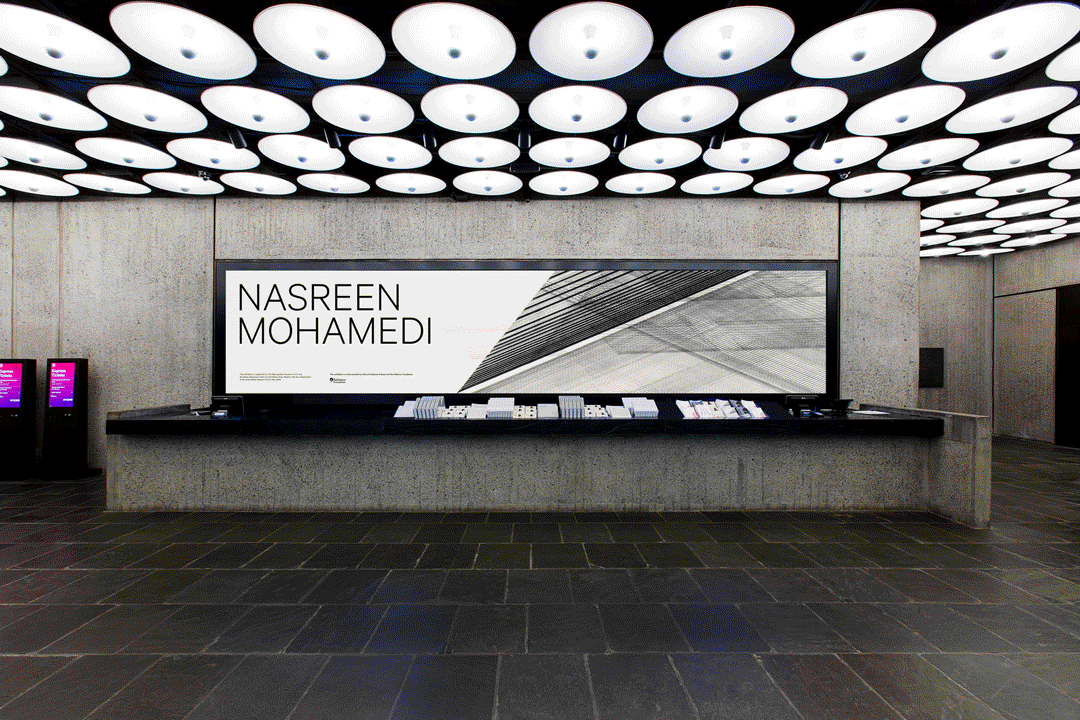
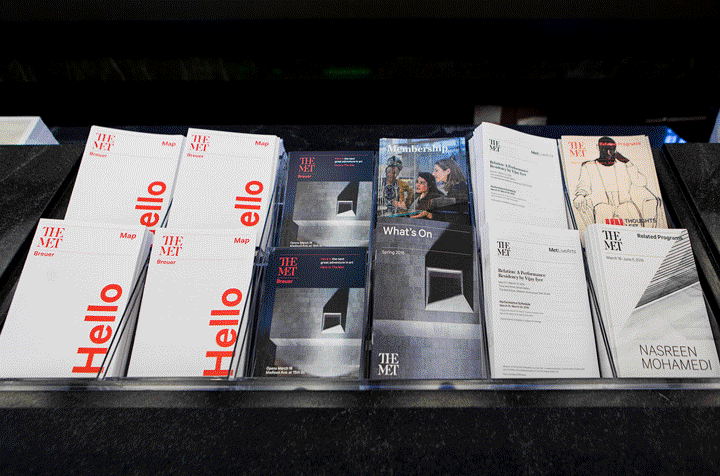
Let’s compare editorial design and web design. Do you approach them with the same structural and typographical discipline?
I think as a print or book designer you spend a lot of time crafting something to perfection, because you know it will possibly be around for a very long time and the cost of printing or reprinting is very high. I think with web you have the benefit of design process being more fluid and you can try things and if they don’t work you change them more easily. I think books are a great medium, and they taught me a lot about organization, planning, structure, flow and consistency. I would definitely say I approach most projects with the same attitude. Especially now that I work with a lot of exhibition graphics I see it is almost as the same process.
Do you think that designing artefacts that last longer teaches a better attitude towards projects, compared to the fluidity of digital design?
I would think your attitude would be the same but to be honest I don’t quite know, I started as a print designer and I personally don’t differentiate. Structurally I think the processes are still very similar. I don’t think digital design demands any less attention. Websites are complex due to being interactive and responsive, to design something that works is consistent and looks beautiful in all different scenarios (web browsers, computer systems, smart phones) and is user friendly requires a lot of work and talent. I just think you simply can’t have as much control since they are these moving parts involved.
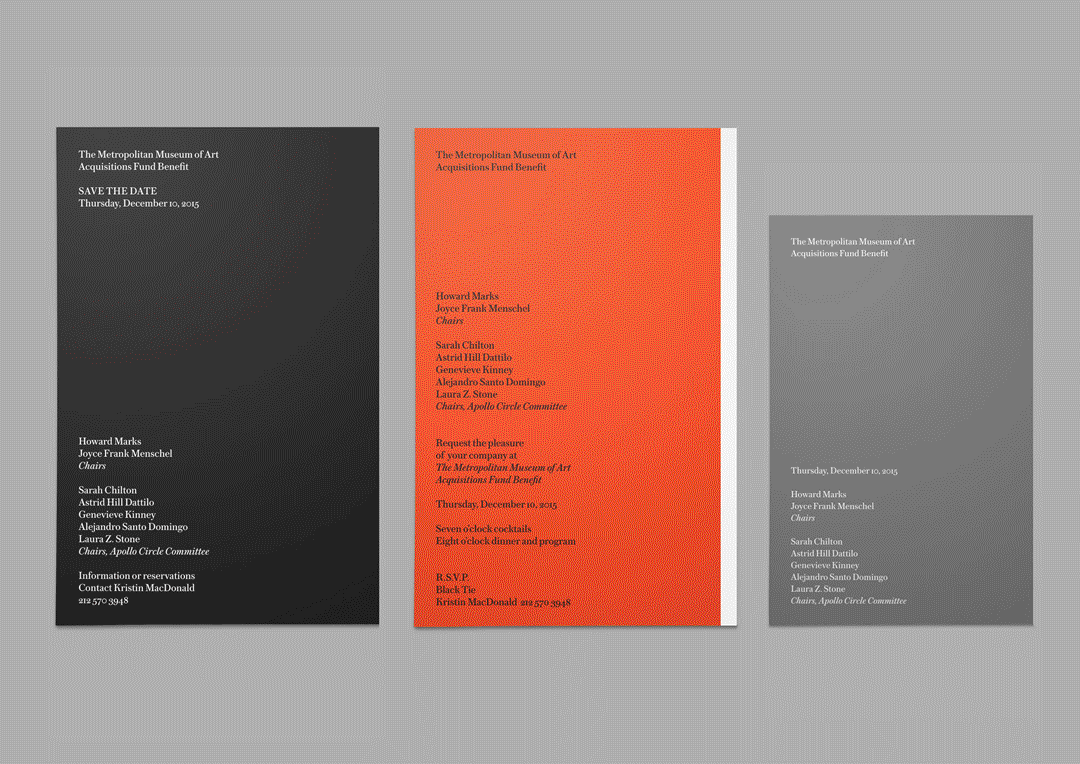

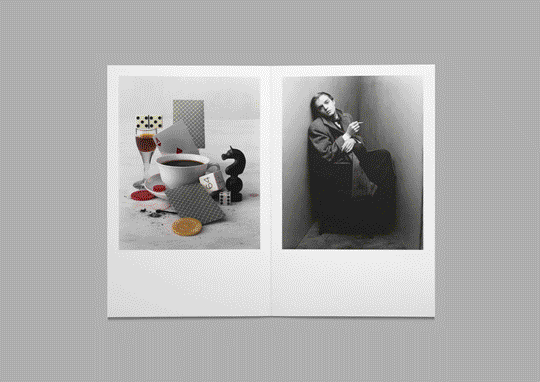
Your work has a timeless quality to it. Do you purposefully stay away from trends?
Thank you, that is really nice to hear. I don’t purposefully stay away from trends and I do at times use new typefaces or try something else, something that is a bit more out there so to say. But to be honest I always end up taking things away and strip it down until it feels right to me. My job as a graphic designer is to take the raw content, and shaping the content through the tools of design. So in the end it is easy to comprehend, legible, engaging and inviting. It might sometimes look simple but a lot of thought went into the journey to get to that place. As much as I admire work that is not minimalistic at all, this just isn’t me. The world is a very complicated place; there is something very satisfying for me in a very well composed smart and simple design.
This thought process is a cornerstone of good design, and yet some designers end up chasing style at the expense of an appropriate, considerate solution. Why do you think that happens?
I should clarify; this is my philosophy and what I prefer regarding my work with art and architecture and what I mostly feel drawn to. There are designers that have a more expressive approach, and I think some artist/clients might even welcome a more stylized aesthetic that interchanges with the work.
Do you think students are less interested in approaching print than in the past? What piece of advice would you give to those who are strongly interested?
I don’t know if they are less interested, I think they are in a way surrounded by digital design and therefor they might feel there is a bigger need for it–which is true. I would advice to start with what interests them the most and then be open to opportunities to try different mediums and approaches.